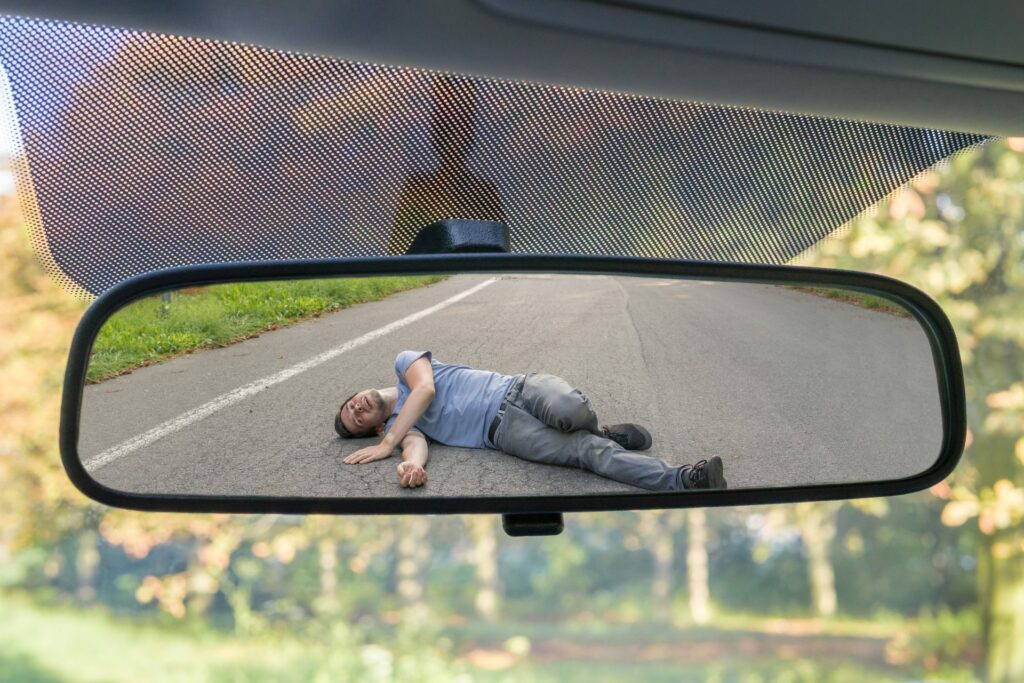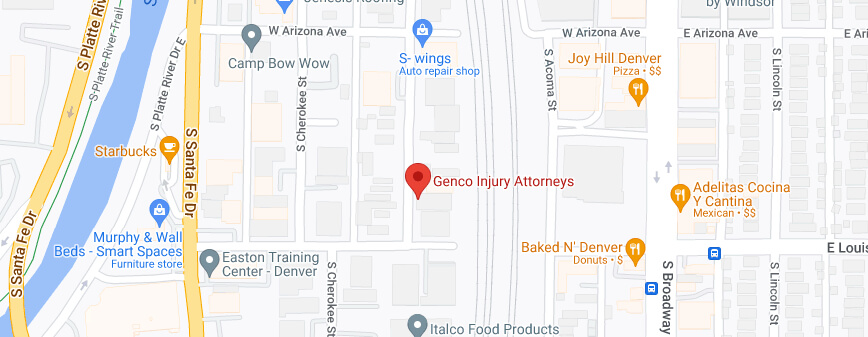What Are Colorado’s Distracted Driving Laws?
Distracted driving is a significant cause of car accidents, and the National Highway Traffic Safety Administration (NHTSA) reports that drivers who are texting while driving are six times more likely to be in an accident than a driver under the influence (DUI). Colorado’s distracted driving laws focus on cell phone use. The state allows adults 18 and older to use cell phones while driving, but only for actual phone calls. They’re not to be used for texting or internet viewing.
Drivers under 18 are restricted from using cell phones in any way while they drive.
What Is Considered Distracted Driving?
While the distracted driving law focuses on cell phone use, there are many other situations that could constitute distracted driving. Essentially, anything that causes the driver to not focus their attention on the road and traffic around them is a distraction. That can include any of the following.
- Looking at other passengers
- Looking out the driver’s side window
- Eating
- Making adjustments to the dashboar
- Reaching for objects in the passenger seat or back seat
- Loud music, talk radio, or passengers
How Can it Be Proven that the Other Driver Was Distracted and at Fault for the Accident?
These cases can be difficult for the layperson to prove by themselves. Sometimes, the victim can clearly see a driver coming at them with their head turned away from the road or holding a cell phone and focusing on it. However, the victim isn’t the only person who can find and offer proof. Often, law enforcement will conduct an investigation, speak to the distracted driver, interview witnesses, and possibly develop a reconstruction of the accident to determine what caused it.
That said, whatever the victim saw should be reported to the police. They may be able to access phone records proving the distracted driver was using their phone at the time, or they may be able to access videos from nearby security cameras that show the driver being distracted.
It’s also valuable to work with an experienced personal injury attorney who knows what evidence to look for and what tactics the distracted driver’s lawyer may use to try and discredit the allegations and evidence.
How Is Negligence Proven in Colorado?
In order to successfully file claims against a distracted driver, that driver must be proven negligent in their actions in such a way that they caused the accident and the victim’s injuries. In Colorado, there are four main points involved in negligence, all of which must be proven for damages to be awarded.
- Duty of care. The distracted driver owed a duty of care to others on the road. That means they should have focused on their driving, not anything else.
- Breach of the duty of care. Because the driver allowed themselves to be distracted, they breached their responsibility to the others on the road.
- The breach caused the accident and injuries. Because the driver was distracted, an accident happened that would not have otherwise occurred, and the victim was injured because of it.
- Financial damages. The accident and injuries led to the victim facing damages of a financial nature, such as out-of-pocket medical bills, lost wages, and car insurance deductibles.
What Is Colorado’s Comparative Negligence Law?
Often, an accident has more than one driver at fault. For example, one driver was distracted, but the other driver was speeding or ran a red light. Personal injury law takes that into account, and each U.S. state follows different types of comparative negligence law, allowing the court to assign specific percentages of fault to each driver involved in the accident.
Colorado follows the 50% modified comparative negligence law. If the victim is found 50% or greater at fault, they can’t file for damages. If they’re found to be less than 50% at fault, they can file for damages, but the percentage of fault will reduce the damages. In the example above, perhaps the distracted driver would be found 80% at fault and the victim 20%. If the victim is awarded $10,000 in damages, they’d receive only $8,000. This is another reason it’s valuable to work with an experienced attorney, because the other party will try to have as much fault put onto the victim as possible.
What Should I Do if I Was Injured in an Accident by a Distracted Driver?
Colorado law requires drivers involved in an accident to remain at the scene and contact law enforcement to file a report. The only exceptions to that are if one driver needs to drive somewhere to alert the police (such as if they’re in an area where they can’t get cell service), if the other car is vacant, or if one driver needs immediate medical attention.
Once the police report is filed, medical attention should be sought regardless of how the person feels. There are injuries that don’t always have symptoms, and they can worsen if left untreated.
Then call Genco Injury Attorneys at 303-500-1376 for a free case evaluation. Distracted driving cases can be complex and benefit from the assistance of a knowledgeable, experienced personal injury attorney.
If the other driver’s attorney or insurance representative tries to contact you, don’t engage with them. Forward any communications from them to your attorney. They may try to guide you into saying something that indicates you accept the fault for the accident, or they may try to coerce you into accepting a lower settlement than you might otherwise receive.









